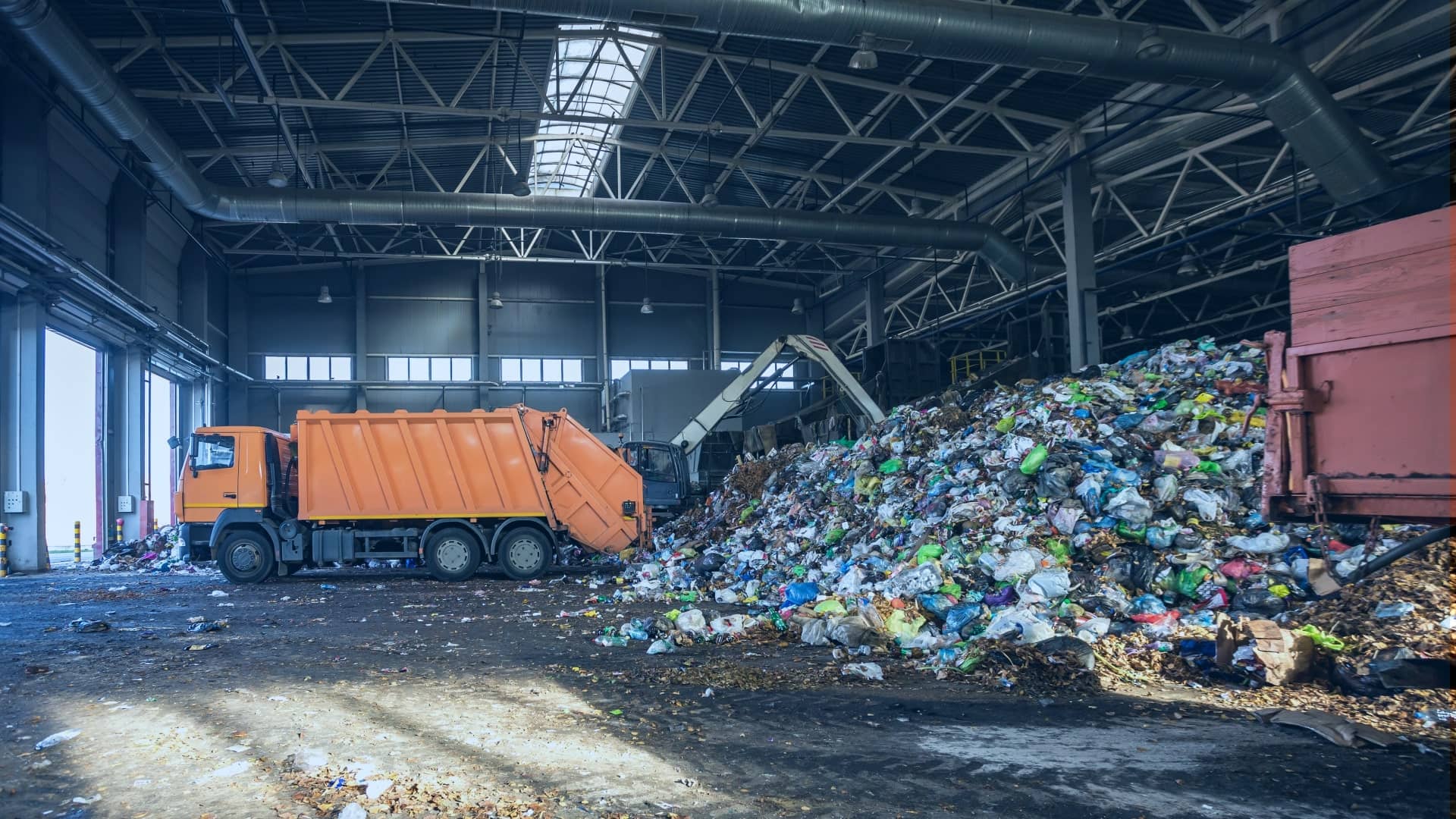Some Known Questions About Reclaim Waste.
How Reclaim Waste can Save You Time, Stress, and Money.
Table of ContentsNot known Details About Reclaim Waste Indicators on Reclaim Waste You Should KnowHow Reclaim Waste can Save You Time, Stress, and Money.Little Known Facts About Reclaim Waste.Not known Details About Reclaim Waste
Check out the types, events, and kinds of liquid waste. Domestic sewer waste refers to the waste and items from a residential septic tank. This kind of waste is produced by humans in homes, institutions, and other buildings. This only includes septic tanks that have a drain area. The appropriate monitoring and disposal of domestic sewer waste need liquid waste to be moved to a sewage therapy plant where the appropriate techniques and equipment are put on purify and dispose of waste.
Industrial waste commonly consists of prospective threats, such as flammable products or a combination of liquid and solid waste products, and needs an advanced and detailed disposal procedure. The disposal of industrial waste typically involves the purification of waste prior to transport to guarantee risk-free and proper disposal. Industrial waste is produced from results and drainage of commercial procedures and manufacturing.
This sort of waste can not make use of the exact same sewer monitoring transportation or processes as septic or commercial liquids. The commercial waste administration procedure calls for the inspection and screening of fluid waste prior to it undertakes the disposal process (liquid waste disposal). Drainage waste is the fluid waste that originates from runoff and excess stormwater in highly populated locations or cities
Overflow waste can trigger contamination and flooding if not dealt with properly. Making sure proper waste monitoring can avoid disasters and lower environmental damage.
More About Reclaim Waste
Contact PROS Providers today to find out about our waste administration and disposal solutions and the proper means to care for the liquid waste you generate.
(https://padlet.com/leonaube33101/reclaim-waste-hw71hge954tsaxnp)Do you recognize what takes place to your water when you end, flush the commode or drain pipes the washing equipment? No? Well, it's worth recognizing. This so-called 'wastewater' is not just an essential resource yet, after treatment, will certainly be launched to our land, waterways or the sea. Used water from toilets, showers, bathrooms, kitchen area sinks, laundries and commercial procedures is referred to as wastewater.

water used to cool down machinery or tidy plant and tools). Stormwater, a type of wastewater, is drainage that streams from farming and city areas such as roof coverings, parks, gardens, roads, courses and seamless gutters right into stormwater drains pipes, after rain. Stormwater streams neglected directly to regional creeks or rivers, ultimately reaching the ocean.
The Buzz on Reclaim Waste
In Queensland, the majority of wastewater is treated at sewage treatment plants. Wastewater is carried from domestic or industrial websites through a system of sewers and pump terminals, called sewerage reticulation, to a sewer therapy plant. Neighborhood federal governments construct, maintain and run most sewer therapy plants. Operators are accredited under the Environmental Management Act 1994 to release treated wastewater at an appropriate environmental standard right into rivers.
The Division of Natural Resources suggests city governments concerning handling, operating and keeping sewage systems and therapy plants. In unsewered locations, regional governments may call for homeowners to set up private or home sewage therapy systems to deal with domestic wastewater from toilets, kitchens, bathrooms and laundries. The Division of Natural Resources authorises making use of household systems when they are proven to be effective.
Many stormwater receives no treatment. In some new class, therapy of some stormwater to eliminate trash, sand and crushed rock has actually started making use of gross pollutant traps. Wastewater treatment happens in 4 phases: Removes solid issue. Larger solids, such as plastics and various other read here things wrongly released to drains, are eliminated when wastewater is travelled through screens.
Wastewater after that streams into large storage tanks where solids settle and are gotten rid of as sludge. Grease and scum are skimmed from the surface area. Uses little living microorganisms referred to as micro-organisms to break down and get rid of continuing to be dissolved wastes and fine bits. Micro-organisms and wastes are incorporated in the sludge. Gets rid of nitrogen and phosphorus nutrients that can trigger algal blossoms in our waterways and threaten water life.
Excitement About Reclaim Waste
Nutrient removal is not offered in any way sewer therapy plants since it needs costly specialised equipment. It is becoming much more common in Queensland. Clear liquid effluent produced after therapy might still consist of disease-causing micro-organisms. If this effluent is launched right into waterways such as rivers or the sea, the micro-organisms will ultimately die out.

This generally means wastewater needs to be dealt with or pollutants eliminated before it can be released to rivers. The majority of wastewater streams into the sewage system. Under the Act, regional governments carry out approvals and permits for eco appropriate tasks (Periods) entailing wastewater releases that might have a local influence. The division administers approvals and licences to ERAs entailing wastewater releases that could have a regional or statewide influence.
The Buzz on Reclaim Waste
Or else, examples are taken for research laboratory evaluation. Typically several tests are needed to develop the degrees of each of the different contaminants such as oils, hefty steels and chemicals in water. Tracking supplies valid information concerning water quality and can verify that permit problems are being met. The information obtained through tracking supplies the basis for making water high quality choices.